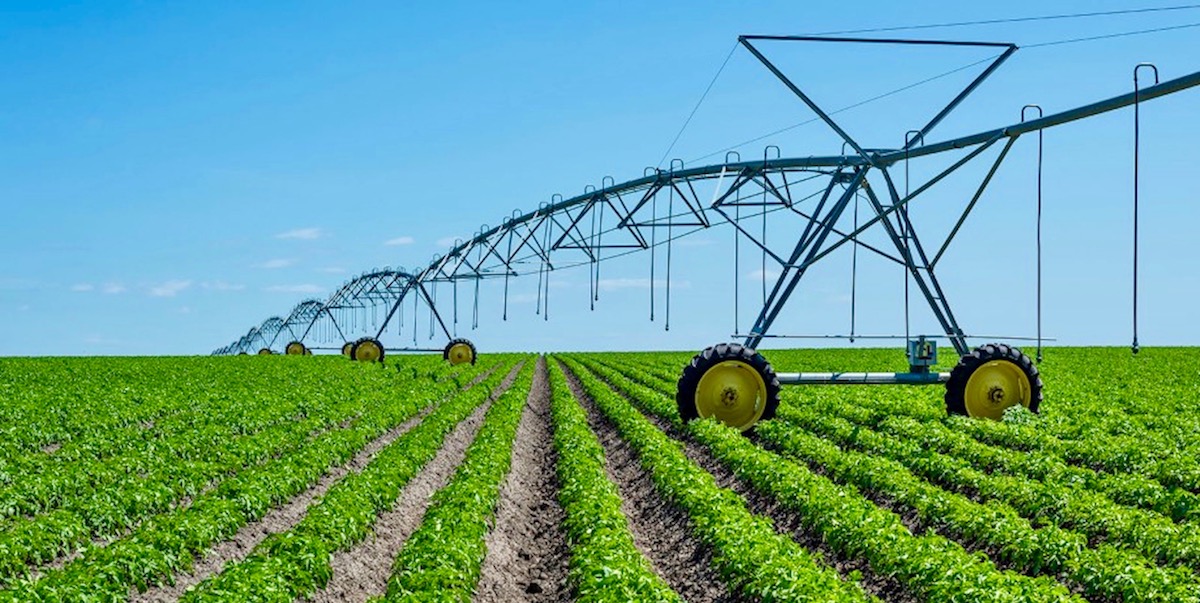
Groundwater is a critical resource for farmers in the Arkansas Delta and last year the amount of water in those natural aquifers declined, according to the 2024 Arkansas Groundwater Protection and Management Report.
When a series of water wells were measured last year and compared to 2023, three-quarters of the wells, on average, had a more than one-foot drop in level.
“Water level data from the current year are compared with previous data on a well-to-well basis in one, five, and ten-year intervals to illustrate the water level change of the aquifer over time. For the one-year change comparison, 299 of the 467 wells measured in spring 2024 shared data with the spring 2023 dataset, and when compared, give a total average water level change of -1.35 feet with 223 wells (75%) showing a decline in level,” the report stated.
The water level drop in 2024 was in line with the water levels being down during the last half decade.
“For the five-year comparison, 132 wells were identified as having data for both 2024 and 2019 giving a total average water level change of -1.37 feet with 84 wells (64%) having declining static water levels. The ten-year comparison found 280 wells with water level data for the spring seasons of 2024 and 2014 and gave a total average water level change of plus 0.22 feet with 131 wells (47%) compared showing declining aquifer levels,” the report stated.
The Arkansas Department of Agriculture recently released the report pursuant to the Arkansas Groundwater Protection and Management Act of 199. The report summarizes groundwater monitoring, current water levels, conservation programs, and water use for 2024.
“Our staff and partners have worked tirelessly to collect and analyze critical data on the state’s groundwater resources,” said Chris Colclasure, Director of the Department’s Natural Resources Division. “Our findings offer a clear picture of conditions and trends, highlighting both challenges and signs of stabilization. Reliable science and ongoing monitoring are essential to protecting and managing these vital resources.”
In the Alluvial aquifer, average groundwater levels declined over the past year and five years but showed a slight rebound over ten years. The Sparta aquifer continues to recover in areas of historical decline, especially in Union and Jefferson counties. Despite some positive trends, groundwater withdrawal in eastern and southern Arkansas remains unsustainable, the report concluded.
In 2023, Gov. Sarah Sanders launched an update to the Arkansas Water Plan. Phase I, completed in 2024, engaged stakeholders statewide and identified key goals, including strengthening water infrastructure, protecting water quality, and supporting water resource planning and management for current and future needs. With fluctuating aquifer levels, the update emphasizes long-term planning to balance water demand and conservation. Phase II of the update is scheduled to be completed in 2026.
“Approximately 71% of Arkansas’ water use is from groundwater, and water demand for crop irrigation is approximately 80% of the total statewide water demand. Adequate and sustainable groundwater is critical not only to our agriculture industry but also to other industries and our ability to provide safe and reliable drinking water to all Arkansans,” said Arkansas Secretary of Agriculture Wes Ward. “This is one reason why Governor Sanders has made water a top priority issue and we’re thankful for her leadership to identify problems, find solutions, and quickly implement changes that will set our state up for success now and for many years to come.”
